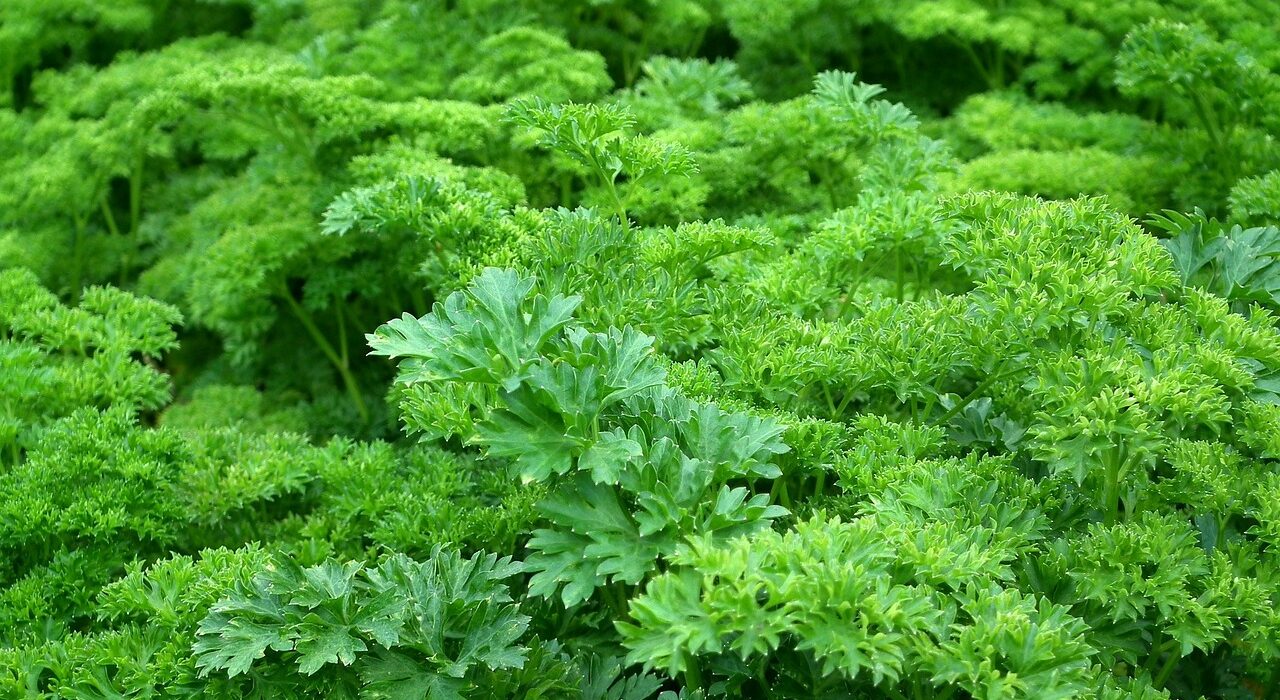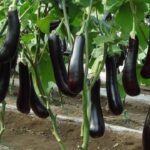Parsley farming in Kenya is gaining traction as more farmers recognize its potential as a lucrative agricultural venture. Known for its culinary and medicinal uses, parsley is a herb widely valued for flavoring food. Despite its popularity globally, parsley farming in Kenya remains a relatively new concept, with most small-scale farmers yet to fully embrace its cultivation.
This guide provides insights into the best practices, ecological requirements, and market potential for parsley farming in Kenya.
Varieties of Parsley Grown in Kenya
Two main varieties of parsley are commonly grown in Kenya:
- Flat-Leaf Parsley: Known for its robust flavor, this variety is ideal for culinary applications and is preferred by chefs.
- Curly-Leaf Parsley: Characterized by its decorative appearance, this variety is often used as a garnish in dishes.
Ideal Conditions for Growing Parsley
Parsley thrives under specific ecological conditions:
- Soil: Fertile, well-drained loamy soils with a pH of 6.0–7.0 are ideal.
- Rainfall: The herb requires 950–1,000 mm of annual rainfall.
- Sunlight: A good amount of sunlight, approximately 6–8 hours daily, is necessary.
- Temperature: Parsley grows best in temperatures ranging between 20°C and 24°C.
- Altitude: An altitude of up to 2,100 meters above sea level is optimal.
- Watering: Parsley is sensitive to waterlogging; therefore, controlled irrigation methods such as drip systems are highly recommended.
Land Preparation for Parsley Farming
Proper land preparation is crucial for parsley farming:
- Timing: Prepare the land during the dry season to ensure optimal planting conditions.
- Depth: Parsley is a deep-rooted plant, so the soil should be plowed thoroughly to loosen it.
- Fertilization: Incorporate well-decomposed organic matter into the soil during land preparation to boost fertility.
Propagation and Planting of Parsley
Parsley is propagated from seeds, which can either be sown directly in the field or started in a nursery:
- Seed Germination: Parsley seeds take 3–4 weeks to germinate. Soaking the seeds overnight in water or an optimizer can speed up the process.
- Moisture Requirements: Constant moisture is essential for the seeds to germinate and grow healthily.
- Spacing: Space the plants adequately to allow proper airflow and reduce the risk of disease.
Fertilizer Application in Parsley Farming
Nutrient management plays a critical role in parsley farming:
- During Planting: Use well-decomposed organic manure or DAP (Di-Ammonium Phosphate) fertilizer.
- Top Dressing: Apply fertilizers such as CAN (Calcium Ammonium Nitrate), mono ammonium sulfate, or ammonium sulfate as needed during the growing period.
Managing Pests and Diseases in Parsley Farming
Parsley is susceptible to various pests and diseases, which can significantly impact yield:
Common Pests:
- Aphids: These small insects suck sap from the plant, weakening it.
- Red Spider Mites: These pests damage leaves, causing discoloration.
- Whiteflies: Known for spreading plant diseases, they can be controlled using insecticides or biological agents like Diglyphus isaea.
Common Diseases:
- Leaf Spot: Causes dark spots on leaves, reducing their marketability.
- Stem Rot: Leads to plant decay and can be prevented through proper drainage and field hygiene.
Harvesting Parsley
Parsley is ready for harvest 70–90 days after planting, depending on growing conditions:
- Domestic Use: Individual leaves can be plucked as needed.
- Commercial Harvesting: Entire stems are cut when they have developed three segments.
Proper harvesting techniques help maintain the quality and freshness of the parsley, ensuring it meets market standards.
Market Opportunities for Parsley in Kenya
Parsley offers promising market opportunities both locally and internationally:
- Local Market: The herb is widely used in Indian and Middle Eastern cuisines, making Hindi and Indian restaurants key buyers. Locally, parsley sells for Ksh 100–150 per kilogram, depending on demand.
- Export Market: A significant portion of Kenya’s parsley is exported to European and Middle Eastern countries, where demand for fresh herbs is high.
Value Addition Opportunities:
Entrepreneurs can explore value addition by drying and packaging parsley for retail sale. This not only increases shelf life but also fetches higher prices in the market.
Benefits of Parsley Farming in Kenya
Parsley farming presents numerous advantages:
- High Demand: The herb’s use in local and international cuisines ensures a steady market.
- Health Benefits: Parsley is rich in vitamins A, C, and K, as well as antioxidants, making it a popular choice among health-conscious consumers.
- Diverse Uses: Beyond culinary applications, parsley is used in traditional medicine and skincare products.
Challenges in Parsley Farming
Despite its potential, parsley farming in Kenya faces some challenges:
- Limited Awareness: Many small-scale farmers are unfamiliar with parsley cultivation techniques.
- Water Management: Parsley’s sensitivity to waterlogging requires efficient irrigation systems, which may be costly for some farmers.
- Pest and Disease Management: Lack of knowledge about effective pest control methods can lead to significant crop losses.
Tips for Successful Parsley Farming
- Start Small: Begin with a manageable plot to gain experience before scaling up.
- Invest in Quality Seeds: Purchase high-quality seeds from certified suppliers to ensure good germination rates.
- Adopt Drip Irrigation: This method conserves water and provides consistent moisture to the plants.
- Network with Buyers: Establish relationships with local restaurants, grocery stores, and exporters to secure a market for your produce.
Parsley farming in Kenya is an untapped opportunity for farmers seeking to diversify their crops and increase income. With the right knowledge and practices, parsley can become a profitable venture, contributing to the growth of Kenya’s agricultural sector.





